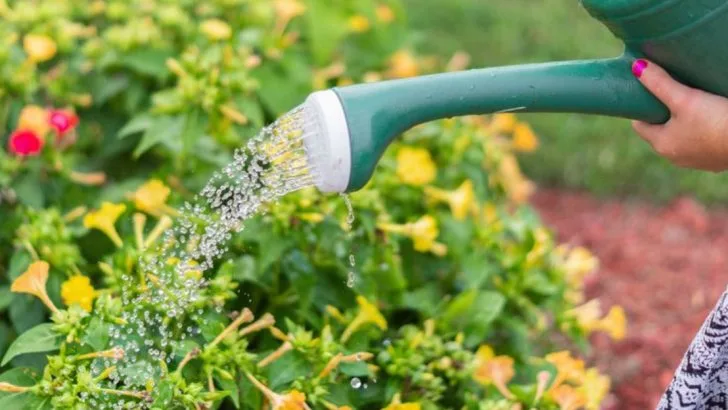Gardening is often seen as a peaceful, solitary activity, but there are some unwritten guidelines that every seasoned gardener follows, even if they don’t always say them aloud. Whether it’s about knowing when to stop watering, understanding soil quirks, or respecting the needs of your plants, these unsung truths can make or break your gardening success.
For instance, don’t over-prune your plants, and always leave some room for your roots to breathe. There’s also the important lesson of knowing when to let your plants be and trusting that nature will do its thing. These guidelines, though rarely discussed, can greatly improve your gardening results and give you a more harmonious relationship with your green space.
Dive into the world of 19 unspoken gardening rules, and learn the little-known tips that will make your gardening efforts thrive in ways you might not have expected!
Soil Knows Best
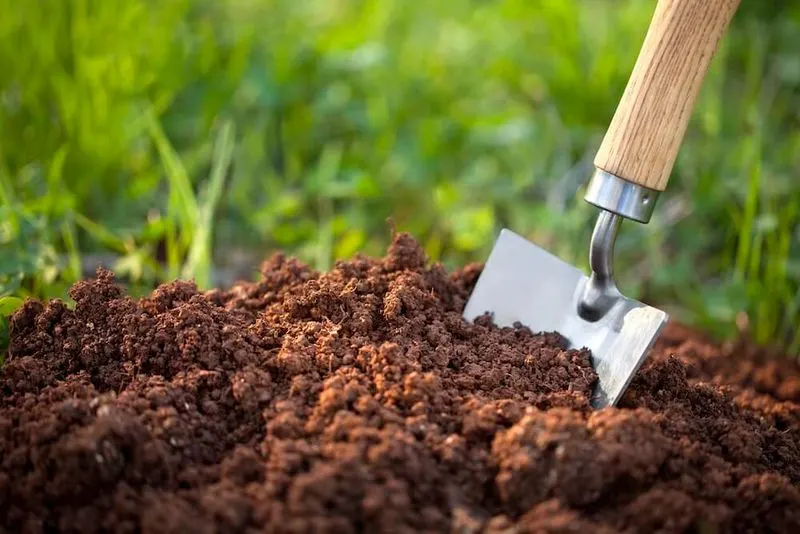
The secret to thriving plants often lies beneath your feet. Soil health is crucial, yet many overlook its importance. Think of it as the foundation of your garden’s success. Test your soil before planting. Knowing its pH and nutrient content allows you to tailor your approach. Amendments like composting can rejuvenate tired soil. A well-balanced, nutrient-rich base ensures your plants receive the sustenance they need. Regularly monitor changes in your soil, as it can shift over seasons. This small step can lead to bountiful growth and vibrant blooms.
Companion Planting Magic

Plants, much like people, benefit from good neighbors. Companion planting maximizes growth potential and deters pests naturally. Some plant pairs provide mutual benefits, enhancing flavor or deterring insects. For instance, marigolds can ward off nematodes when planted with tomatoes. These strategic plant partnerships can make a significant difference in garden health. Research pairs that work well together in your climate for optimal results. Remember, the right companions can transform a garden from ordinary to extraordinary. This timeless technique continues to be a gardener’s best-kept secret.
The Art of Watering
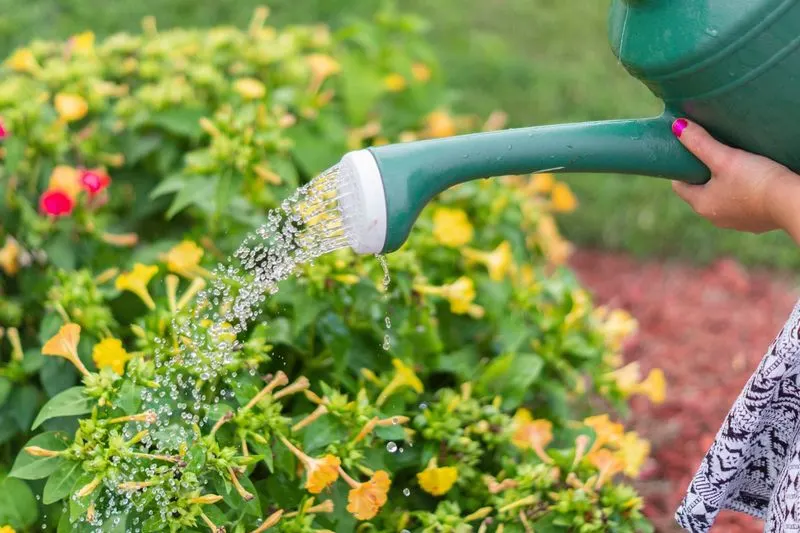
Watering seems simple, but it’s an art. Over-watering is a common mistake that can drown roots and lead to rot. Focus on the roots, not the leaves. Do your watering in the early morning or late afternoon to minimize evaporation. Familiarize yourself with your plants’ specific needs; some thrive on more moisture, others less. Drip irrigation systems can provide consistent nourishment directly to the soil. Mastering this balance can drastically improve plant health and growth. Remember, thoughtful watering is key to a flourishing garden.
Embrace the Seasons
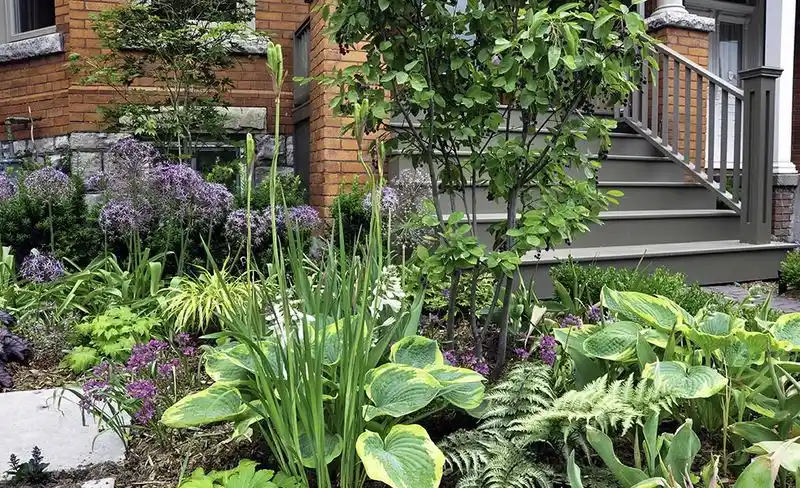
Gardens change with the seasons, each offering unique opportunities. Embrace these changes rather than resist them. Plant perennials to enjoy blooms year after year, and rotate annuals to provide variety. Learn the rhythm of your garden’s own natural cycle. Seasonal mulching can protect roots in winter and conserve moisture in summer. By working with the seasons, you can ensure a garden that flourishes year-round. This approach respects nature’s timeline and encourages a harmonious garden life.
Patience is a Virtue
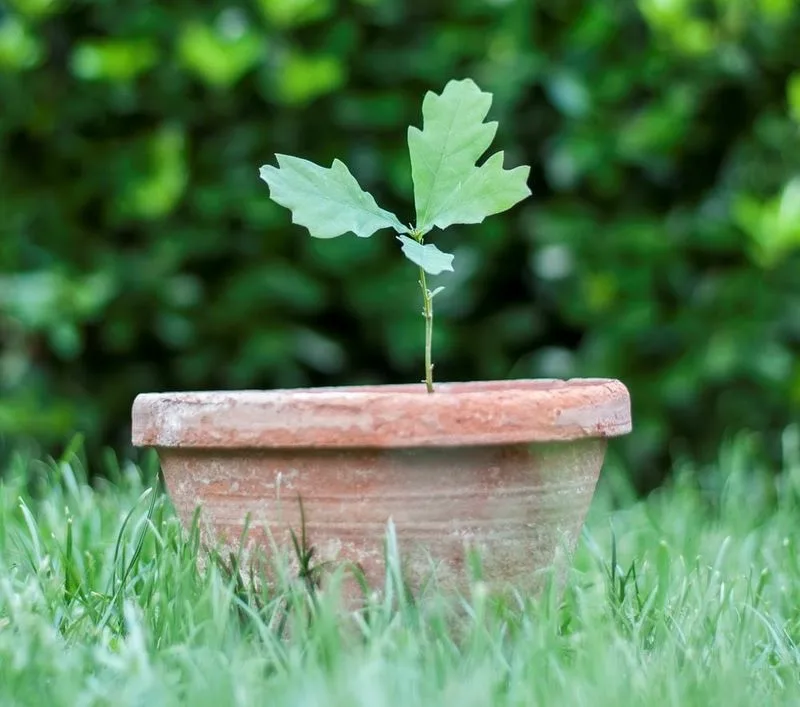
In the garden, patience is your greatest ally. Growth takes time, and rushing can lead to disappointment. Watch your plants closely, learn their growth patterns, and adjust care as needed. The joy of gardening often lies in the wait, witnessing transformation over weeks and months. Celebrate small victories—new buds, the first fruits. This patience cultivates a deeper connection to your garden. Remember, slow and steady growth fosters resilience and beauty. With time, your garden becomes a testament to your dedication and care.
Mulch Matters
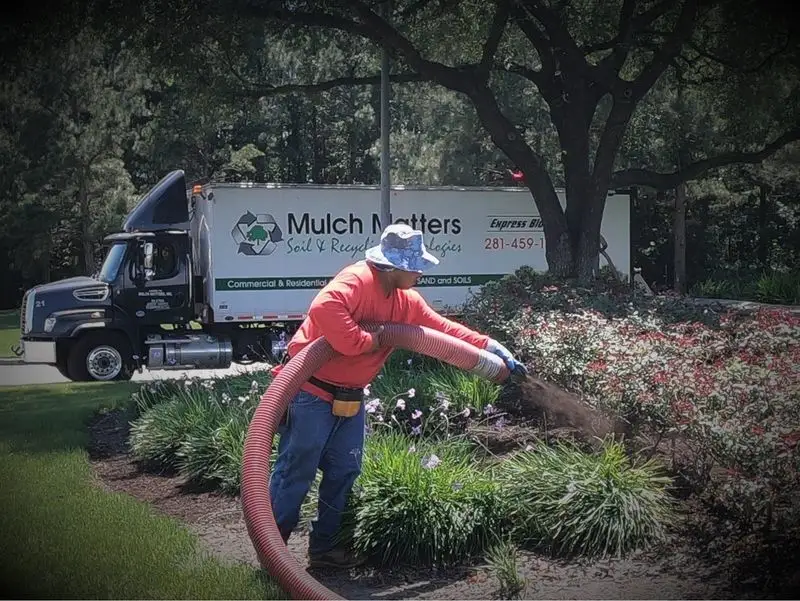
Mulch does wonders beyond aesthetics. It locks in moisture, suppresses weeds, and regulates soil temperature. Organic mulches, like bark or straw, break down over time, enriching the soil. Different plants favor different mulch types, so choose wisely. An even layer, about two to three inches thick, is ideal. Replenish as it decomposes to maintain its benefits. Mulching is an unsung hero in the gardening world, offering a simple yet effective way to enhance plant growth and health. It’s a true game-changer for any gardener.
Prune with Purpose

Pruning is more than clipping branches. It’s about shaping your plants for better health. Proper pruning can boost growth, prevent disease, and encourage blooms. Timing matters—prune flowering shrubs after they bloom, and others in late winter. Use clean, sharp tools to make precise cuts. Remove dead or crossing branches to improve airflow and light penetration. This focused care strengthens your plants and enhances their natural beauty. Approach each cut with purpose, and your garden will thank you with vibrant growth.
Respect the Space
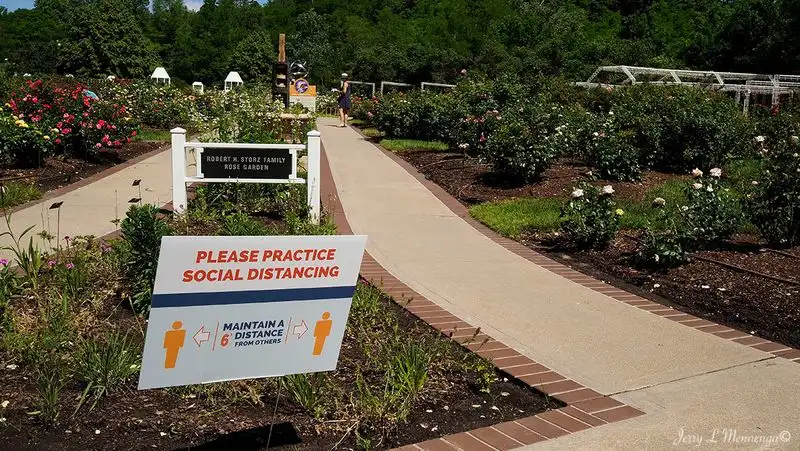
Every plant needs its own space to thrive. Overcrowding can lead to competition for nutrients and increased disease risk. Plan your garden layout with growth in mind. Consider plant size at maturity and spacing requirements. This foresight promotes healthy development and reduces the need for constant intervention. Air circulation is vital; it wards off mildew and pests. Remember, a thoughtfully spaced garden not only looks appealing but also supports robust plant life. Give your plants the room they deserve to flourish.
The Power of Pollinators
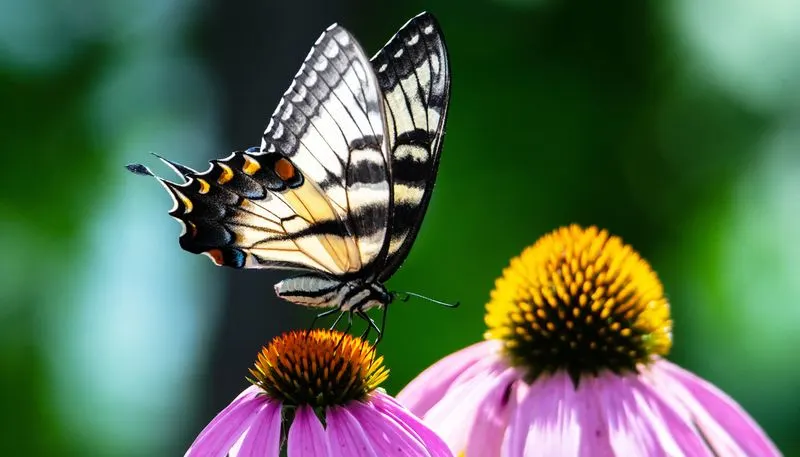
Pollinators are vital for a thriving garden. From bees to butterflies, these creatures help plants reproduce. Encourage them by planting pollinator-friendly flowers. Native species are often the best choice, as they thrive in local conditions. A diverse garden attracts a variety of pollinators, each playing a unique role. Consider adding a small water source for them. This vibrant ecosystem supports plant health and yields. By welcoming pollinators, you’re not just beautifying your garden; you’re ensuring its success.
Feed Your Soil, Not Just Your Plants
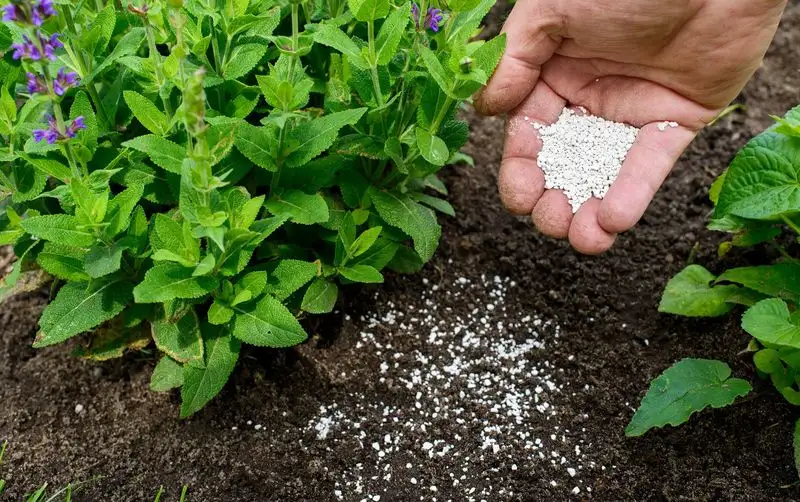
Healthy soil is the backbone of a garden. Fertilizers help, but consider feeding the soil itself. Composting adds organic matter, improving soil structure and fertility. Regularly testing and amending soil ensures nutrient availability. Encourage beneficial microorganisms with natural additives. This approach creates a living ecosystem beneath the surface. Plants respond with stronger roots and more robust growth. Prioritize soil health for a garden that thrives naturally. It’s an investment in sustainable gardening and long-term success.
Nature’s Pest Control
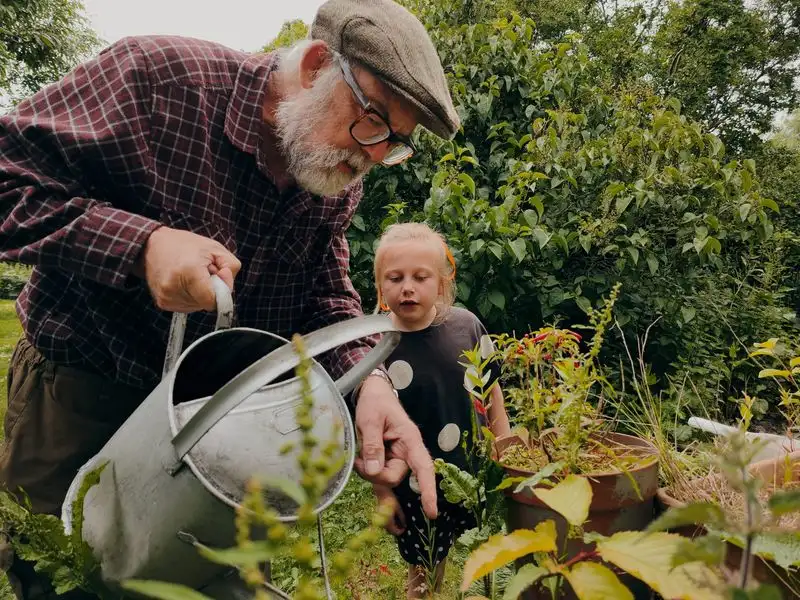
Nature offers its own pest control solutions. Beneficial insects like ladybugs and lacewings feast on harmful pests. Encourage these allies by reducing chemical pesticide use. Plant diverse species to attract predatory insects. Hand-pick larger pests or use barriers for protection. This natural balance minimizes damage and promotes a healthy garden ecosystem. Understanding the predator-prey relationship is key. By working with nature, you can manage pests sustainably. It’s a win for the garden and the environment.
Observe and Adapt
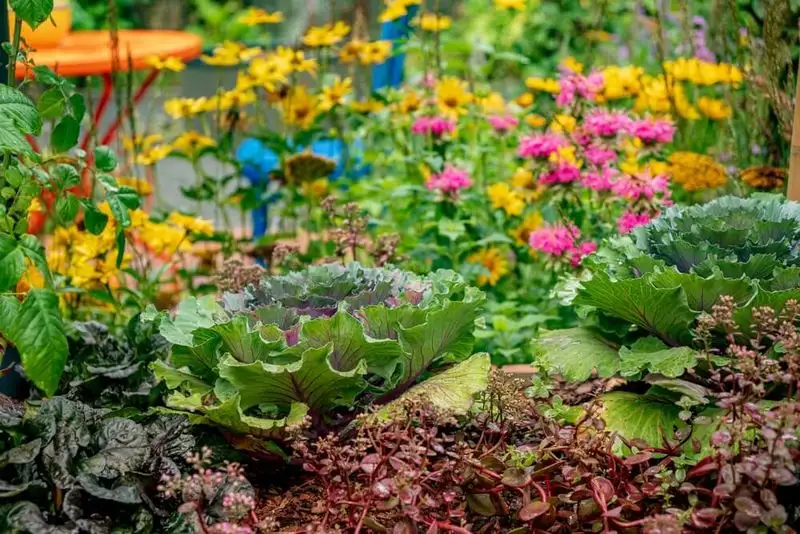
Gardening is dynamic, requiring ongoing observation and adaptation. Watch how plants respond to changes in weather, pests, and care. Tailor your strategies accordingly. Documenting these observations helps refine your approach season after season. Stay curious and open to learning; each garden is unique. This attentiveness fosters a deeper connection with your plants. By adapting to their needs, you’ll nurture a garden that reflects your dedication and understanding. Observation is the key to unlocking a flourishing garden.
The Role of Sunlight
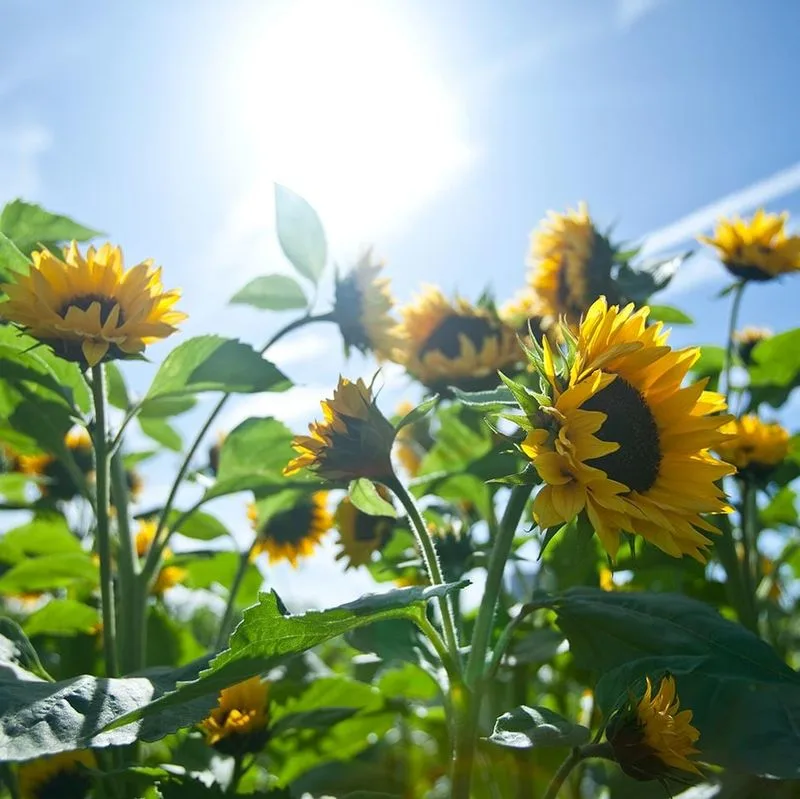
Sunlight is a plant’s best friend, yet its role is often misunderstood. Each plant has specific light requirements; some bask in full sun, others prefer shade. Knowing these needs is vital for placement in your garden. Observe the light patterns across your space throughout the day. This ensures your plants receive the right amount of sunlight to flourish. Too little light can stunt growth, while too much can scorch leaves. Balance is key, and understanding sunlight leads to thriving plants.
Cultivate a Diverse Ecosystem
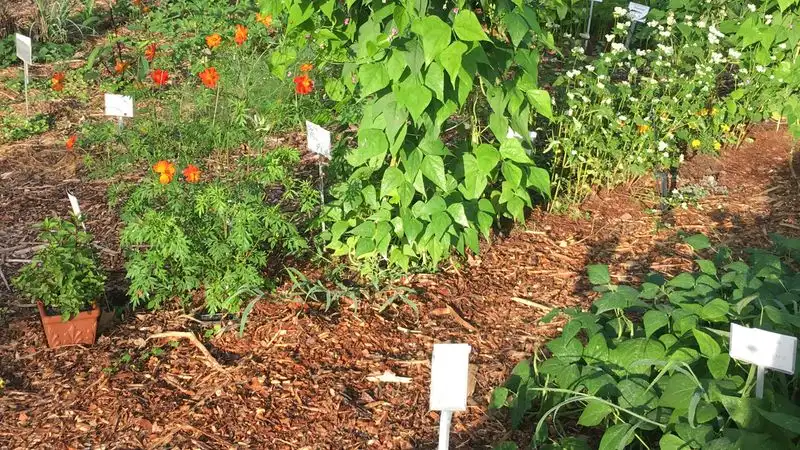
A monoculture garden is prone to pest issues and soil depletion. Cultivating a diverse ecosystem enhances resilience. Mix flowers, vegetables, and herbs to create balance. This diversity deters specific pest populations and supports beneficial insects. Different plants contribute to soil health in unique ways. A varied planting approach can also extend your harvest season. By embracing diversity, you invite a robust and sustainable garden environment. It’s nature’s way of maintaining harmony and vitality.
Understand Your Climate
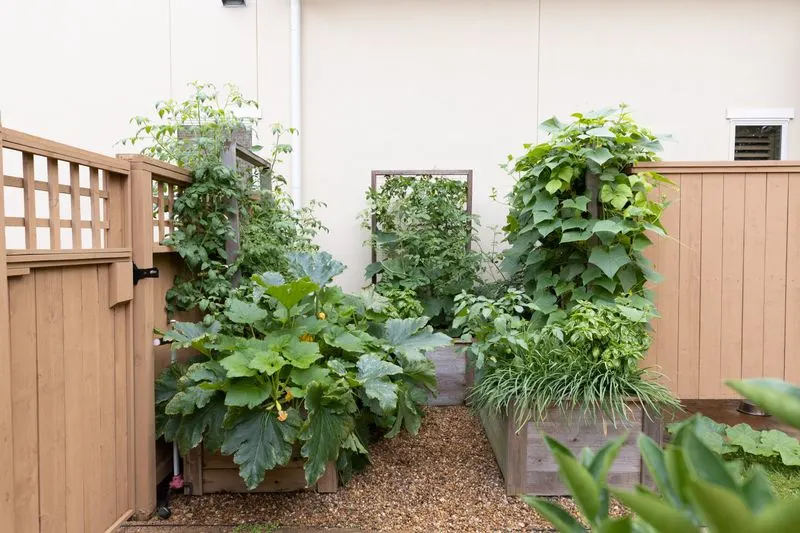
Climate awareness shapes gardening success. Know the specifics of your local conditions—frost dates, rainfall, temperature range. This knowledge informs planting schedules and plant selections. Choose varieties suited to your region for best results. Employ methods like frost cloths or shade covers to protect plants during extreme weather. Understanding your climate allows you to work with nature, not against it. It’s about aligning your efforts with the environment’s rhythms. This wisdom ensures a thriving garden and reduces stress on your plants.
Tools of the Trade
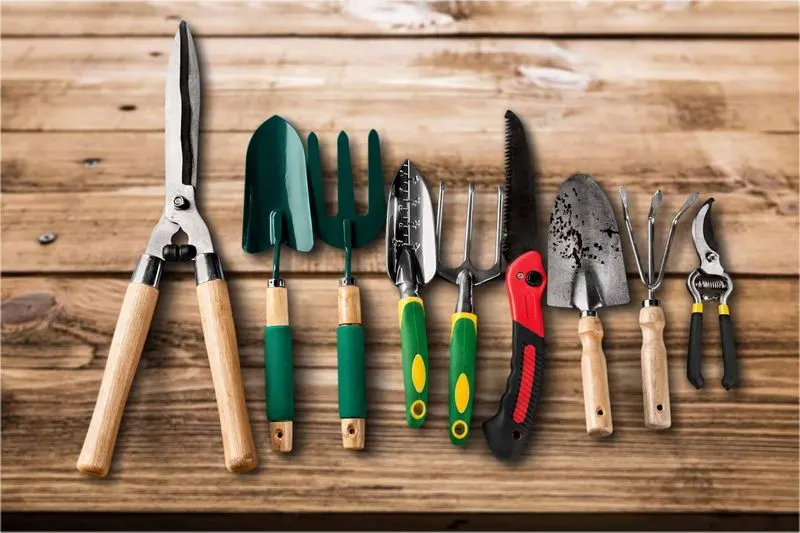
Quality tools are an extension of the gardener’s hand. Invest in durable, well-made equipment to ease your tasks. Maintain sharp edges on shears and spades for efficiency. Store tools properly to prolong their life. Specialized tools, like a hori-hori knife, can offer versatility. Regularly clean and oil your tools to prevent rust. This care ensures they are ready for every gardening season. With the right tools, gardening becomes more enjoyable and productive. They’re an integral part of your gardening success story.
Mind the Roots
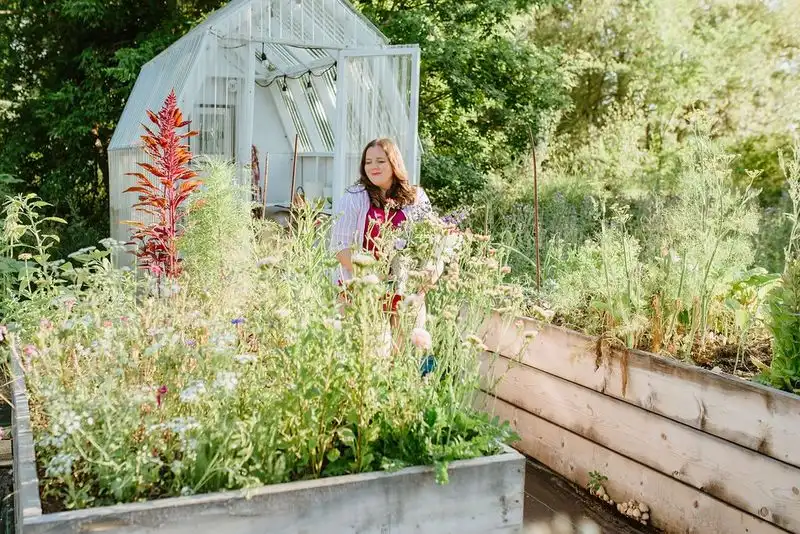
Roots are often out of sight but should never be out of mind. Healthy roots anchor plants and facilitate nutrient uptake. Be gentle when transplanting to avoid root damage. Ensure containers have good drainage to prevent root rot. Root pruning can invigorate growth in potted plants. This attention to roots supports robust shoots and blooms. A plant’s vitality often reflects the health of its roots. By nurturing the base, you set the stage for flourishing foliage and flowers.
Garden Journaling
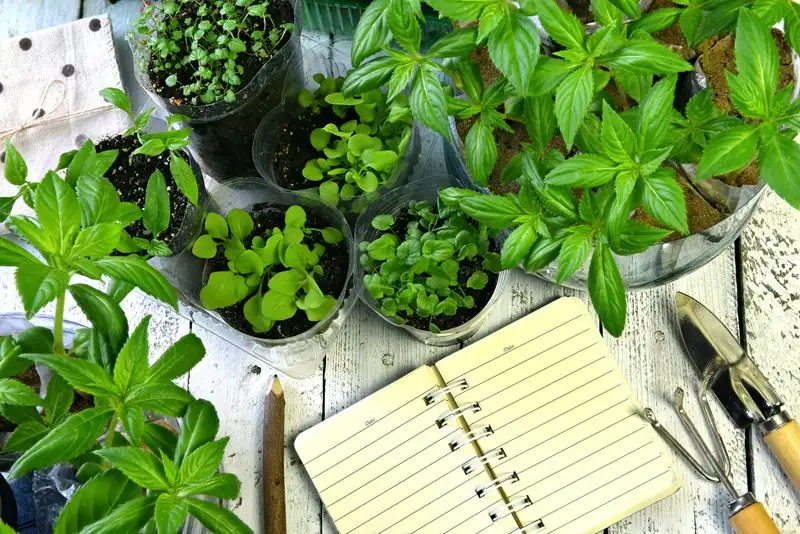
A garden journal is more than notes; it’s a chronicle of growth and learning. Record planting dates, weather patterns, and successes. This documentation serves as a valuable reference for future seasons. Observations can guide adjustments in care and planting strategies. A journal also captures the joy of gardening, offering a space for reflection. By keeping track of your garden’s journey, you create a personal guide to its unique needs and rhythms. It’s a tool for continual improvement and connection.
The Beauty of Imperfection
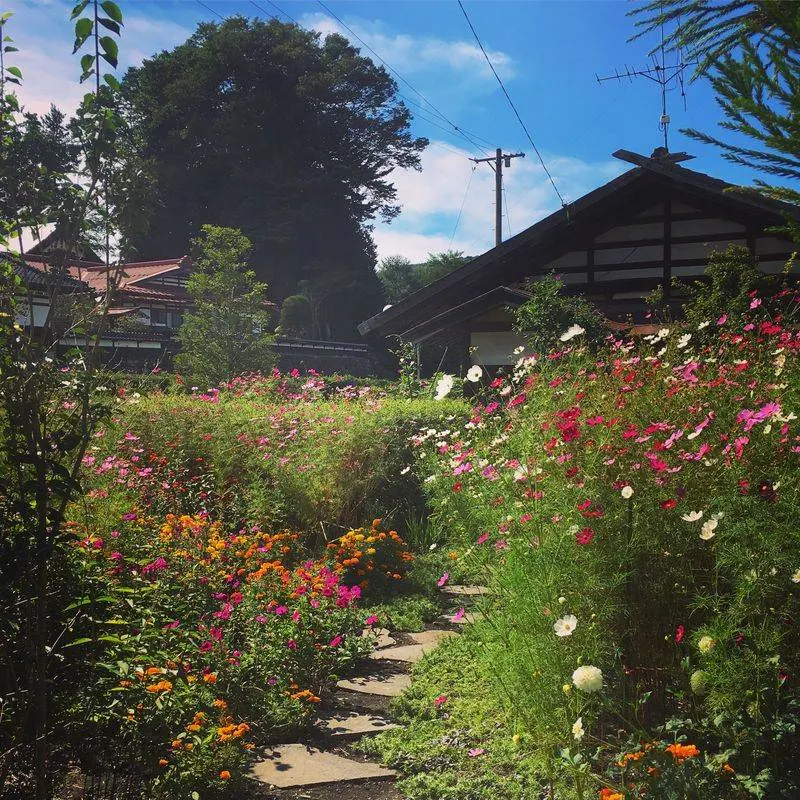
Gardens are not about perfection. Embrace quirks and imperfections as part of their charm. A crooked stem or unexpected color can add character. Celebrate diversity in plant shapes and growth habits. These nuances create a garden that is uniquely yours. Perfection can be sterile; let nature’s spontaneity lead. By accepting imperfection, you cultivate a space that feels alive and vibrant. This mindset fosters creativity and makes gardening a more fulfilling endeavor. It’s about finding beauty in the unexpected.

